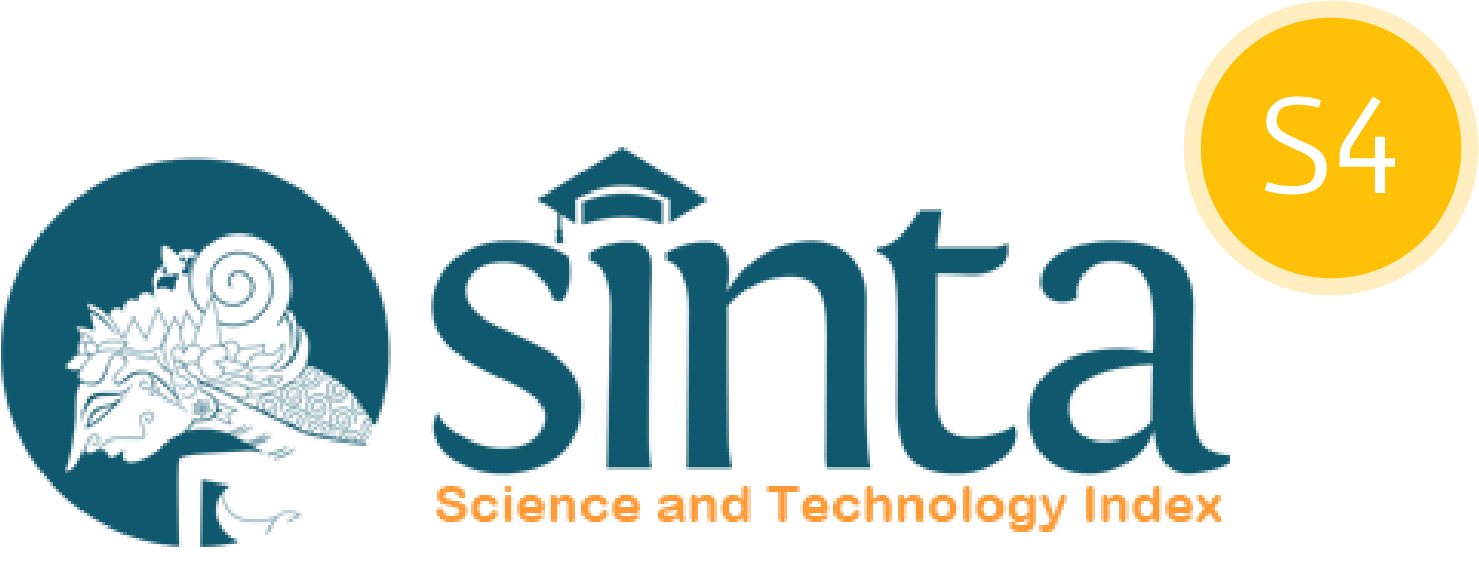Entrepreneurship-Based Multicultural Education: Fostering Batak Toba Cultural Awareness and Entrepreneurial Creativity in Jagung Kindergarten Children, Tampahan District
DOI:
10.29303/ujcs.v6i3.1179Published:
2025-09-30Issue:
Vol. 6 No. 3 (2025): SeptemberKeywords:
Art Entrepreneurship, Early Childhood Education, Local Culture, Traditional Batak Toba MusicArticles
Downloads
How to Cite
Downloads
Metrics
Abstract
The development of the digital era has brought significant changes to children's education patterns, which not only emphasizes cognitive aspects but also demands the development of life skills, including an entrepreneurial spirit. Entrepreneurship from an early age is seen as an important strategy for instilling independence, creativity, innovation, and the courage to take risks. Integrating art, particularly traditional Batak Toba music, with entrepreneurship education offers a relevant approach to shaping a generation that is creative, productive, and rooted in local culture. However, several key issues still exist, such as children's low awareness of the economic value of artwork, minimal use of simple technology in art education, and a lack of innovation in art products aimed at business opportunities. To address these challenges, the service team from Sisingamangaraja XII University of Tapanuli implemented the program "Entrepreneurship-Based Multicultural Education: Fostering Batak Toba Cultural Awareness and Entrepreneurial Creativity in Early Childhood Education Children in Jagung Village, Tampahan District" in Gurgur Aek Raja Village, Tampahan District, Toba Regency. The participants in the activity included 32 preschool children, 2 teachers, parents, traditional music trainers, and the community service team. The implementation method is designed in five main stages: (1) socialization about the importance of art entrepreneurship from an early age; (2) introductory and practical training on traditional Batak Toba musical instruments (hasapi, sulim, taganing, garantung, sordam); (3) application of simple technology thru the creation of musical instruments from local materials; (4) continuous mentoring and evaluation; and (5) program sustainability planning thru integration into the early childhood education curriculum. The results of the activities show a positive response from all parties. The children looked enthusiastic, more confident, and were able to play simple rhythmic patterns. Teachers gained new skills to integrate traditional music into learning, while parents increasingly supported children practicing at home. The handover of a set of traditional musical instruments strengthens the sustainability of the program. Additionally, the activities resulted in innovations in the form of hard technology (modified traditional musical instruments and simple musical instruments made from local materials) and soft technology (local culture-based learning methods, musical skills, and knowledge of art entrepreneurship). The evaluation shows an improvement in understanding of Batak Toba culture, musical skills, creativity, and early indications of an entrepreneurial spirit in children. The real impact of this program can be seen in three main dimensions: (1) education, namely the development of children's creativity, courage, and skills; (2) socio-cultural, namely the growth of awareness and pride in preserving Batak Toba culture; and (3) economic, namely the emergence of business opportunities based on traditional art and music. The external activities include scientific articles, mass media publications, documentary videos, and educational posters.
References
Abdillah, F. (2024). Peran Perguruan Tinggi dalam Meningkatkan Kualitas Sumber Daya Manusia di Indonesia. EDUCAZIONE, 1(1), 13–24. https://doi.org/https://doi.org/10.37985/educazione.v1i1.4
Aryani, D. I., Manurung, R. T., Ida, I., Pandanwangi, A., & Dewi, B. S. (2024). Pengembangan Karakter Generasi Alpha melalui Pendampingan Kreativitas Seni Rupa bagi Anak-Anak Sekolah Minggu Gereja Pandu Bandung. Bakti Budaya, 7(2), 89–100. https://doi.org/10.22146/bakti.7798
Cahyani, A. P., Azizah, A. N. ’Ilmi, Alfiyana, H., Noviana, I., Septiana, N. Z., Damanik, R. A., & Yulianti, R. (2025). Developing Values of Empathy and Attitude of Appreciation Through Drama Art Performances at RA Perwanida Sukoharjo. Al-Khidmah: Jurnal Pengabdian Dan Pemberdayaan Masyarakat, 1(2), 85–97. https://journal.syamilahpublishing.com/index.php/khidmah/article/view/457
Fatikawati, Zulfitria, & Husaeni, F. (2024). Pemanfaatan Teknologi dalam Pembelajaran Seni Rupa dalam Upaya Meningkatkan Kompetensi Siswa: A Literature Review. INFOTIKA : Jurnal Pendidikan Informatika, 3(1). https://doi.org/https://doi.org/10.56842/infotika.v3i1.290
Hudiya, F. R., Wulandari, R., Lubis, H. S., Putri, A., & Wahyuni, S. (2023). Mengenalkan Jiwa Kewirausahaan Kepada Anak Usia Dini Melalui Kegiatan Market Day. Journal of Education Research and Humaniora (JERH), 4, 12–21. https://doi.org/https://doi.org/10.51178/jerh.v1i4.1643
Junaedi, S., & Widiastuti, T. D. (2020). Entreprenurship For Kids Melalui Pendampingan Kewirausahaan Berbasis Lingkungan Sebagai Sarana Penunjang Experiental Learning Pendidikan Dasar Anak Sejak Dini. PeKA : Jurnal Pengabdian Kepada Masyarakat, 3(2), 83–108. https://doi.org/https://doi.org/10.33508/peka.v3i2.2999
Khristiana, Y., Santosa, J., Utomo, A., Pahlawi, L. A. I., & Susilowati, E. M. (2024). STRATEGI DIGITALISASI UMKM: PENDAMPINGAN DAN IMPLEMENTASI DI KAMPUNG BATIK PUNGSARI, SRAGEN. JICS : Journal Of International Community Service, 3(02), 99–109. https://doi.org/10.62668/jics.v3i02.1372
Legowo, M. B., Prayitno, D., & Indiarto, B. (2021). PROGRAM KEMITRAAN MASYARAKAT UNTUK SOSIALISASI PROGRAM DIGITALISASI UMKM DI WILAYAH JAKARTA PUSAT. Jurnal Berdaya Mandiri, 3(2), 588–601. https://doi.org/10.31316/jbm.v3i2.1766
Lestyaningrum, I. K. M., Trisiana, A., Safitri, D. A., Pratama, A. Y., & Wahana, T. P. (2022). Pendidikan global berbasis teknologi digital di era milenial. Unisri Press.
Munambar, S., Yuniasih, A. W., & Prayoga, A. (2024). Design and Implementation of Functional Drink Product Inventory Applications at Kulon Progo MSMEs. AJARCDE (Asian Journal of Applied Research for Community Development and Empowerment), 228–235. https://doi.org/10.29165/ajarcde.v8i3.501
Nabila, P., Hidayat, R., Astini, B. I., Farda, N., & Adha, N. U. (2025). Pengembangan Kreativitas Siswa MI melalui Program Seni dan Kerajinan Tangan. Jurnal Pengajaran Sekolah Dasar, 4(3), 615–624. https://doi.org/https://doi.org/10.56855/jpsd.v4i3.1538
Nuraeni, Y. A. (2022). Peran Pendidikan Dalam Pembentukan Jiwa Wirausaha: Pendidikan Kewirausahaan. Jurnal Ilmu Pendidikan, 1(2), 38–53. https://doi.org/https://doi.org/10.3709/ilpen.v1i2.18
Purwaningsih, D., & Al Muin, N. (2021). MENGENALKAN JIWA WIRAUSAHA PADA ANAK SEJAK DINI MELALUI PENDIDIKAN INFORMAL. Jurnal USAHA, 2(1), 34–42. https://doi.org/10.30998/juuk.v2i1.653
Rahmawati, A., Masyhithah, Auralia, L., & Sarma, Y. H. (2025). DARI SENI KE BISNIS: “BAGAIMANA INDUSTRI KREATIF MENGUBAH WAJAH EKONOMI GLOBAL.” Seminar Nasional Pariwisata Dan Kewirausahaan (SNPK), 4, 383–389. https://doi.org/https://doi.org/10.36441/snpk.vol4.2025.352
Sahara, K. D., Lukitasari, R., & Maulana, S. (2024). Pola Komunikasi Generasi Alpha di Tengah Pesatnya Transformasi Teknologi Digital. Prosiding Seminar Nasional Ilmu Ilmu Sosial (SNIIS). https://proceeding.unesa.ac.id/index.php/sniis/article/view/3835
Situngkir, G. F., & Situngkir, L. D. M. (2023). Integrasi Nilai-Nilai Kearifan Lokal Budaya Batak Toba Sebagai Pembentukan Karakter Anak Usia Dini Dalam Pembelajaran IPS. Talitakum: Jurnal Pendidikan Kristen Anak Usia Dini, 2, 118–126. https://doi.org/https://doi.org/10.69929/talitakum.v2i2.20
Sutanta, E., Rahayu, S. S., Nurcahyo, R. W., Kristiyana, S., Murdiyanto, A. W., & Kurniawati, M. W. (2024). PENERAPAN TEKNOLOGI MESIN MIXER UNTUK MENINGKATKAN KUANTITAS DAN KUALITAS PRODUK PUPUK KOMPOS DI GAPOKTAN NGUDI MAKMUR, BANJARARUM, KULON PROGO. Jurnal Berdaya Mandiri, 6(1), 14–24. https://doi.org/10.31316/jbm.v6i1.6074
Wangsi, M. M., Wijiastuti, R. D., Andjar, F. J., Jamil, A., & Ridwan, A. (2024). Sosialisasi Motivasi Berwirausaha Sejak Dini Pada Siswa Madrasah Tsanawiyah Muhammadiyah 1 Kota Sorong. Jurnal Pengabdian Kepada Masyarakat Nusantara, 5(2), 2363–2369. https://doi.org/10.55338/jpkmn.v5i2.3224
Author Biographies
Rosalinda Septiani Sitompul, Universitas Sisingamangaraja XII Tapanuli Utara
Herta Manurung, Universitas Sisingamangaraja XII Tapanuli Utara
Bonari Hasudungan Rusmanto Tambunan, Universitas Sisingamangaraja XII Tapanuli Utara
Holmes Rajagukguk, Universitas Sisingamangaraja XII Tapanuli Utara
Christyani Siregar, Universitas Sisingamangaraja XII Tapanuli Utara
Fretty Elisabet Togatorop, Universitas Sisingamangaraja XII Tapanuli Utara
Junjungan Pasaribu, Universitas Sisingamangaraja XII Tapanuli Utara
License
Copyright (c) 2025 Rosalinda Septiani Sitompul, Herta Manurung, Bonari Hasudungan Rusmanto Tambunan, Holmes Rajagukguk, Christyani Siregar, Fretty Elisabet Togatorop, Junjungan Pasaribu

This work is licensed under a Creative Commons Attribution 4.0 International License.
You are free to:
- Share — copy and redistribute the material in any medium or format for any purpose, even commercially.
- Adapt — remix, transform, and build upon the material for any purpose, even commercially.
The licensor cannot revoke these freedoms as long as you follow the license terms.
Under the following terms:
- Attribution — You must give appropriate credit, provide a link to the license, and indicate if changes were made. You may do so in any reasonable manner, but not in any way that suggests the licensor endorses you or your use.
- No additional restrictions — You may not apply legal terms or technological measures that legally restrict others from doing anything the license permits.
Notices:
You do not have to comply with the license for elements of the material in the public domain or where your use is permitted by an applicable exception or limitation.
No warranties are given. The license may not give you all of the permissions necessary for your intended use. For example, other rights such as publicity, privacy, or moral rights may limit how you use the material.




